Research Archive
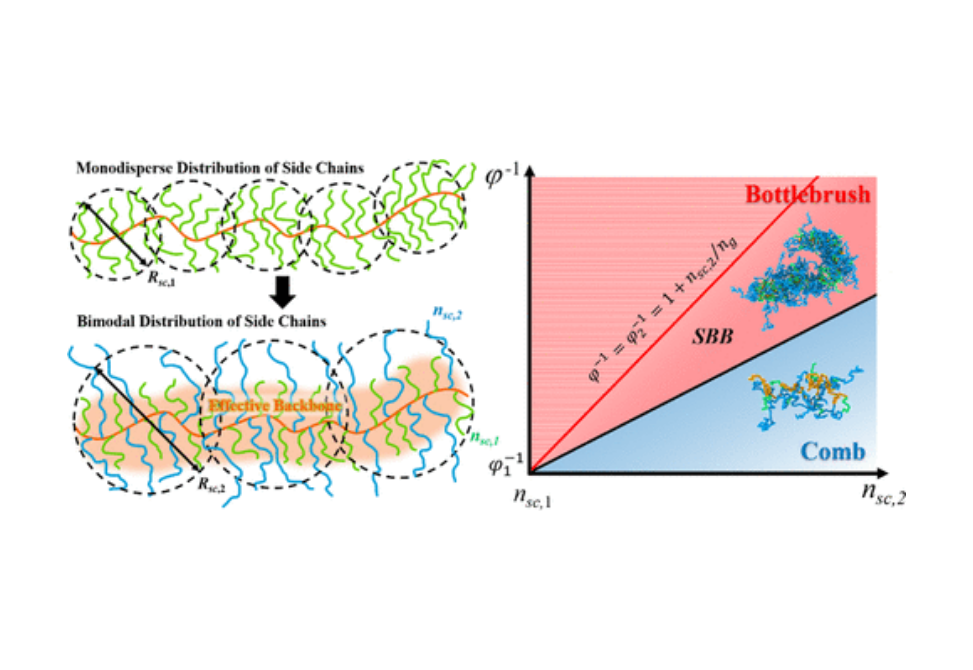
We use a combination of scaling analysis, random phase approximation (RPA) calculations, and coarse-grained molecular dynamics (MD) simulations to elucidate properties of graft polymers with a bimodal distribution of side chains in a melt.
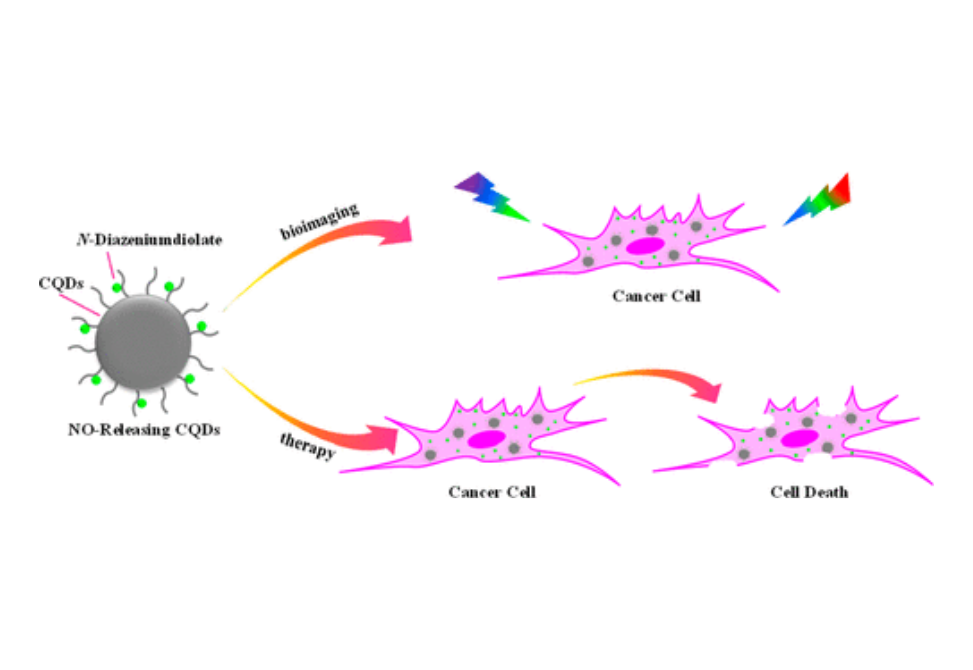
A fluorescence microscopy study demonstrated the utility of these NO-releasing CQDs as dual NO-releasing and bioimaging probes.
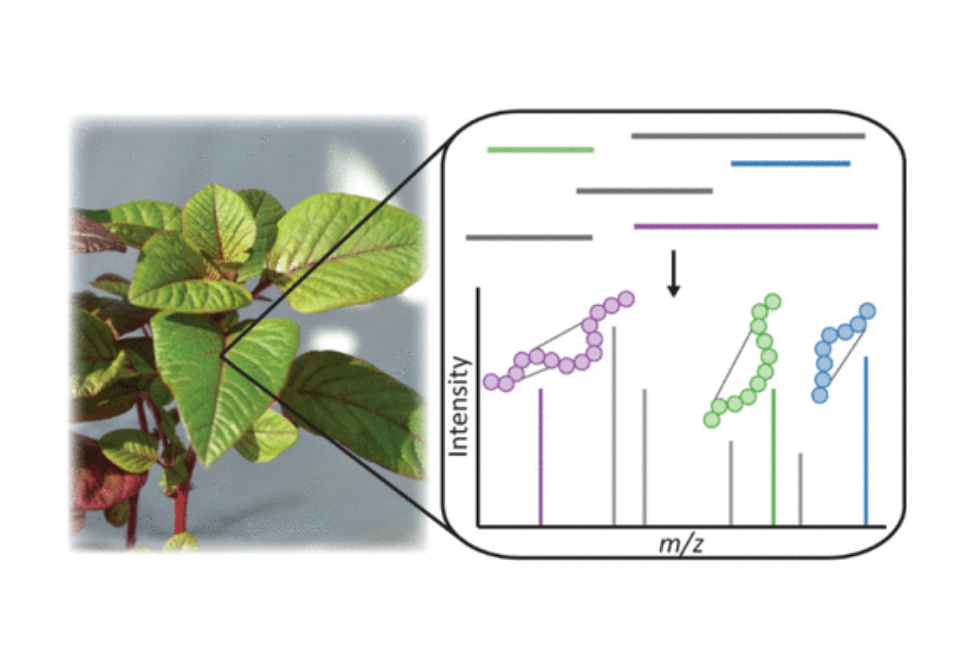
Herein, Amaranthus tricolor aerial tissue was profiled via MS-based proteomics/peptidomics, identifying AMPs predicted in silico. Bottom-up proteomics identified seven novel peptides spanning three AMP classes including lipid transfer proteins, snakins, and a defensin.
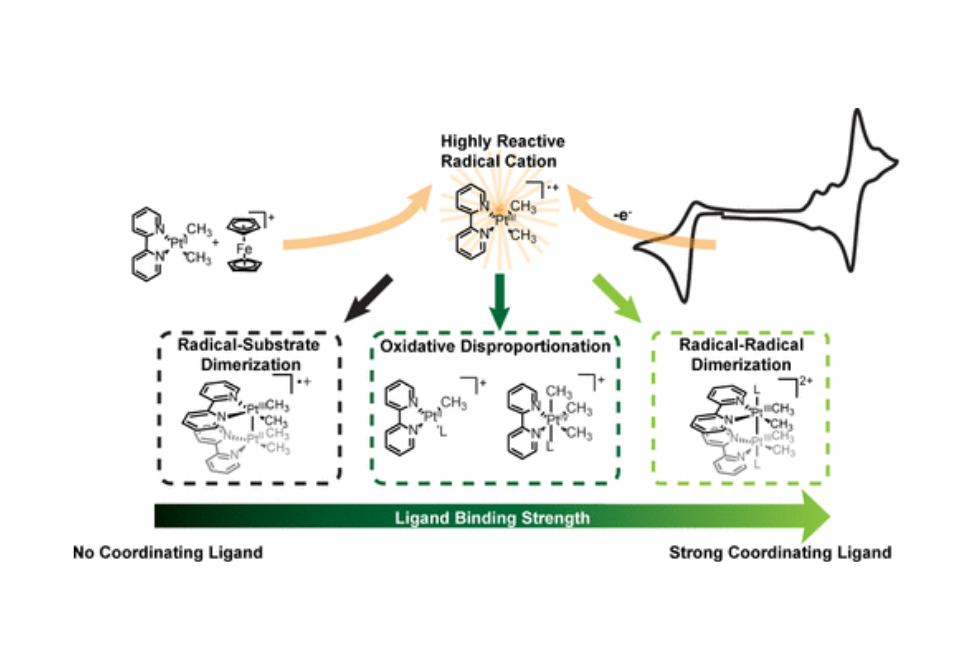
Through this mechanistic analysis, we show that the one-electron oxidation of (bpy)PtII(CH3)2 generates a highly reactive, 15-electron PtIII radical cation and identify three reaction pathways that can follow this oxidation: radical–substrate dimerization, radical–radical dimerization, and oxidative disproportionation.
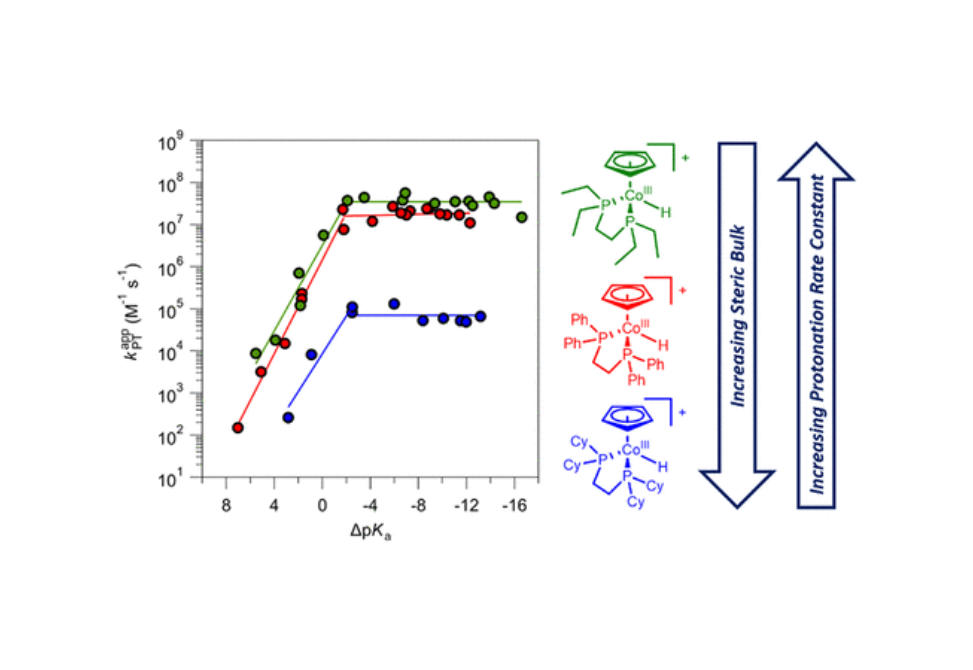
These experiments reveal the details of the reaction mechanism: reduction of the Co(III) species is followed by dissociation of the bound acetonitrile ligand, subsequent reduction of the unligated Co(II) species to form a Co(I) species is followed by protonation, which occurs at the Cp ring, followed by tautomerization to generate the stable Co(III)-hydride product [HCoCp(dxpe)]+.
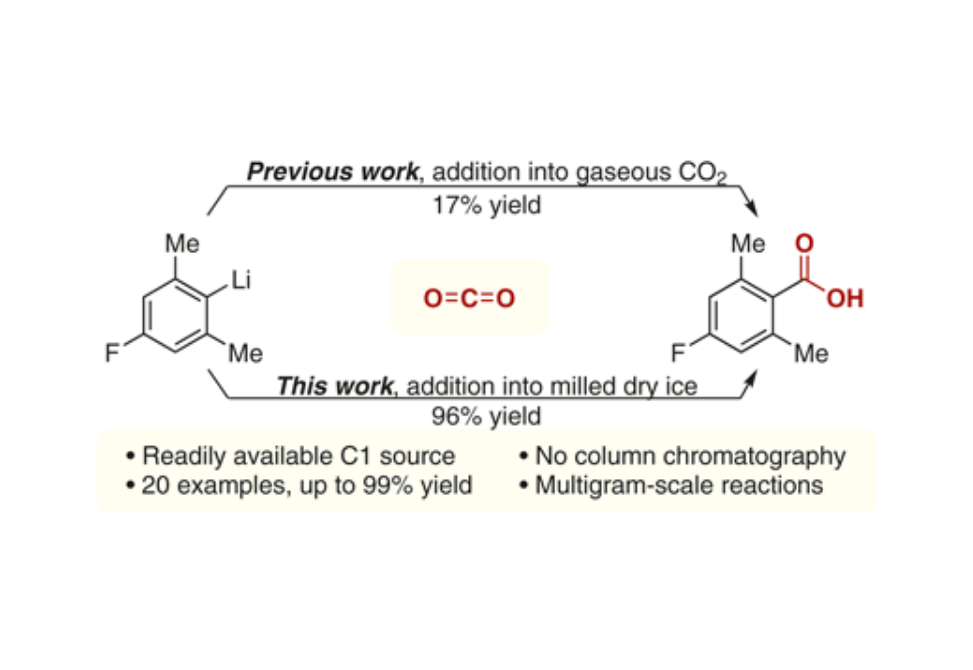
Here we showcase the use of milled dry ice as a method to promote the availability of CO2 in a reaction solution, permitting practical synthesis of arylcarboxylic acids.
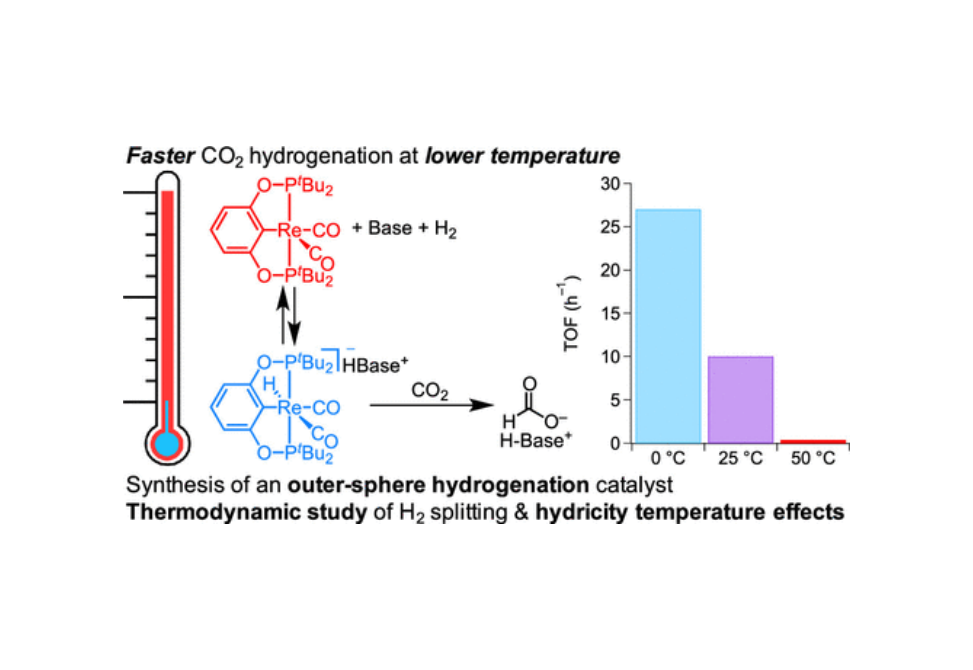
Reported here are thermochemical and kinetic analyses of a new pincer-ligated rhenium complex (tBuPOCOP)Re(CO)2 (tBuPOCOP = 2,6-bis(di-tert-butylphosphinito)phenyl) that catalyzes CO2 hydrogenation to formate with faster rates at lower temperatures.
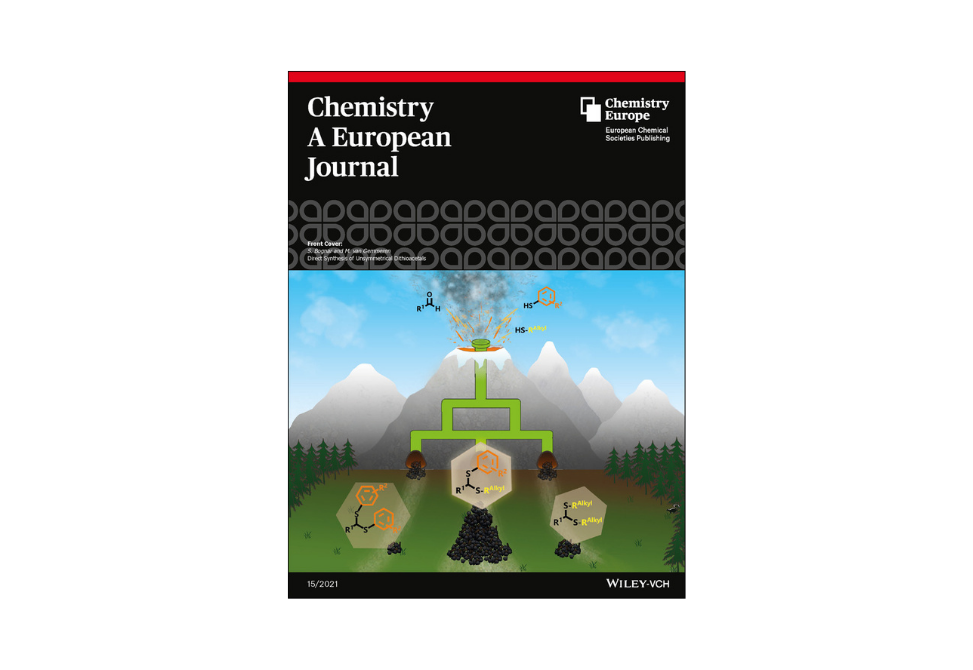
This Review highlights strategies that have been developed in the field of supramolecular chemistry to selectively and non-covalently bind three classes of biologically relevant molecules: nucleotides, carbohydrates, and amino acids.

We quantified the stability of a model protein complex, the A34F GB1 homodimer, in buffer, Escherichia coli cells and Xenopus laevis oocytes. The complex is more stable in cells than in buffer and more stable in oocytes than E. coli.
We critically evaluate the insight into surface structure and reactivity that can be gained from multiple techniques and demonstrate how their strategic combination is already advancing our molecular-level understanding of nanocrystal surface chemistry.
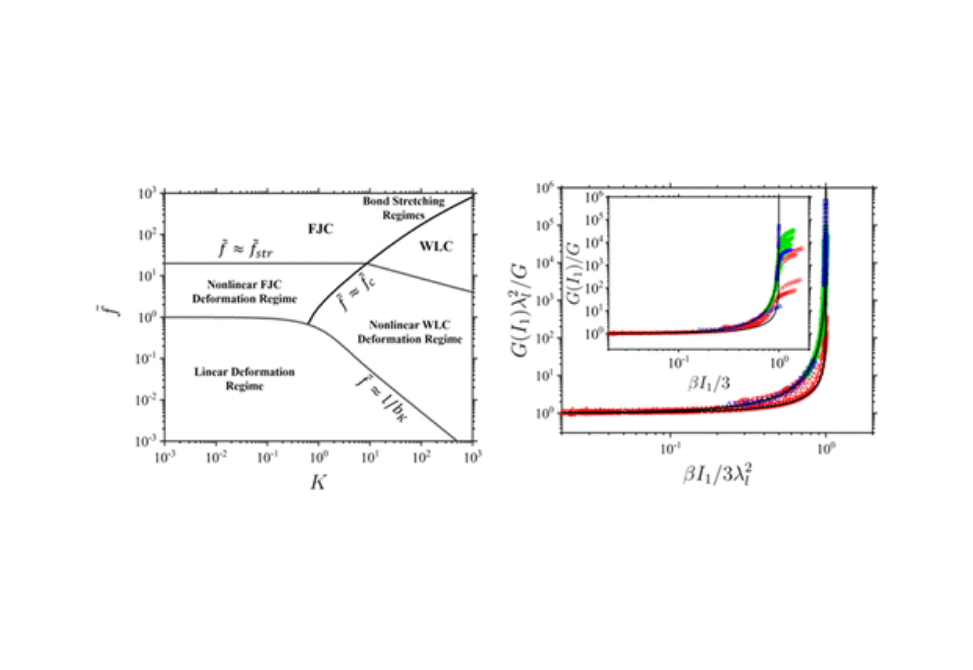
The nonlinear stress–strain response of synthetic and biological networks and gels manifested in a monotonic increase of an instantaneous modulus is a result of the nonlinear deformation of individual network strands. To describe this behavior, we develop a nonlinear network deformation model, which relates macroscopic stress–strain response with force-elongation behavior of polymer chains with bending rigidity and extendable bonds.

Our research group has developed nitric oxide-releasing biopolymers as alternatives to conventional antibiotics. Here, we show that nitric oxide acts as a broad-spectrum antibacterial agent while also improving the efficacy of conventional antibiotics when delivered sequentially.

